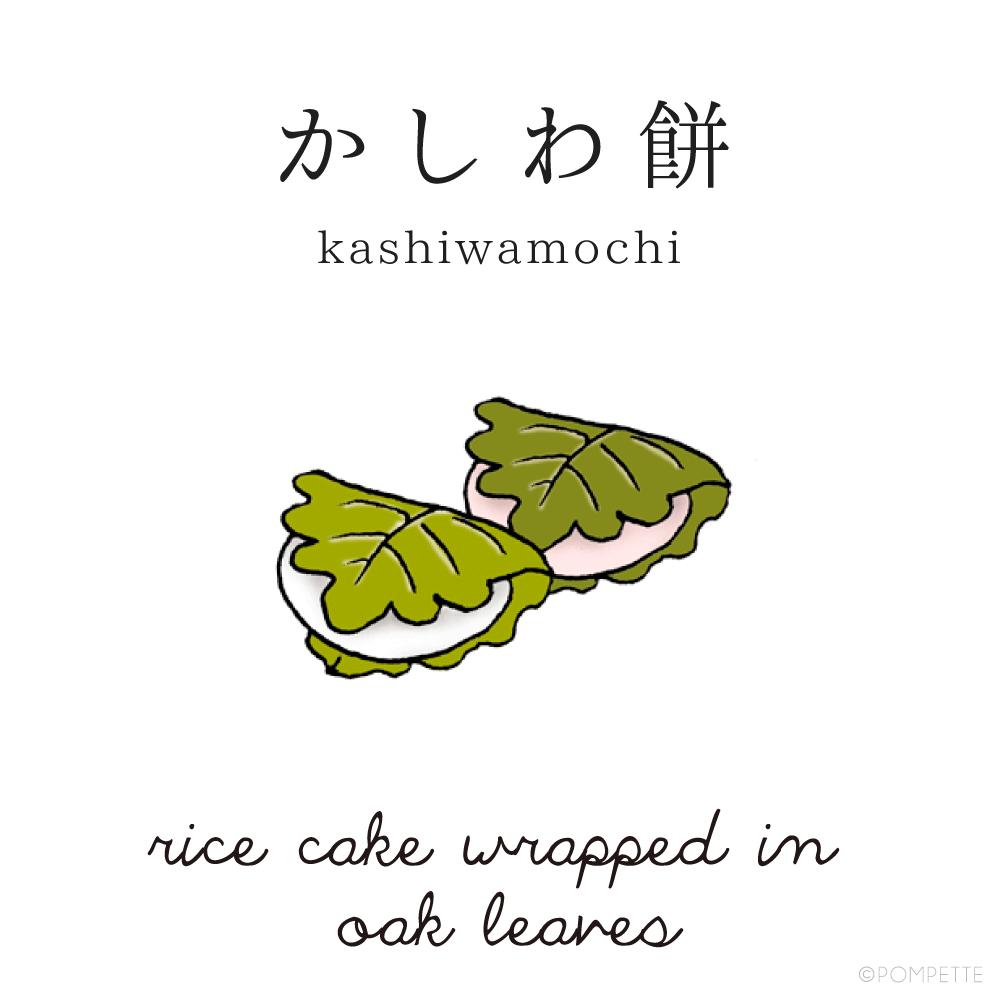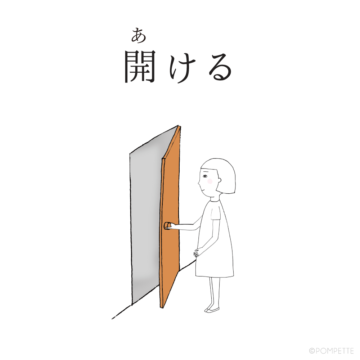
【 かしわ餅 (kashiwamochi) 】rice cake wrapped in oak leaves
かしわ餅 (kashiwamochi) is a traditional sweet wrapped in oak leaves, eaten on May 5th, こどもの日 (Kodomo no Hi) Children’s Day to celebrate children, their health and growth. It symbolizes a harmonious flow of one generation to the next as oak trees don’t shed old leaves until new leaves grow.
There are three types of 柏餅: 白 (shiro; white) with つぶあん chunky anko* inside, 草 (kusa) made from よもぎ (yomogi; mugwort) with こしあん (koshian) smooth anko inside, and pink with 味噌餡 (misoan; sweet white bean paste with miso) inside.
Using oak leaves as plates and for wrapping food has been a custom from ancient times so, although the salted sakura leaves used for 桜餅 (sakuramochi) are edible, the oak leaves used for かしわ餅 are simply for wrapping.
*餡 (あん, an) is sweet bean paste; あんこ (anko) is another term for sweet red bean paste.
かしわ餅 is also written 柏餅




